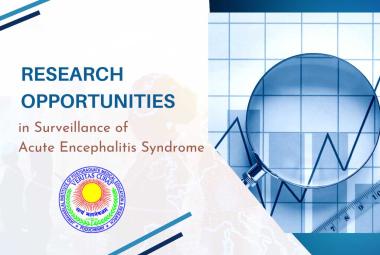Amgen and UCB announced top-line results from the Phase 3 placebo-controlled FRActure study in postmenopausal woMen with ostEoporosis (FRAME). These data showed FRAME met the co-primary endpoints by reducing the incidence of new vertebral fracture through months 12 and 24 in postmenopausal women with osteoporosis treated with romosozumab. The study also met the secondary endpoint of reducing the incidence of clinical fractures (composite of vertebral and non-vertebral fractures) in postmenopausal women with osteoporosis through 12 months. However, the secondary endpoint of reducing the incidence of non-vertebral fractures through months 12 and 24 was not met.
[adsense:336x280:8701650588]
Results from the FRAME study showed that women receiving subcutaneous injection of romosozumab monthly experienced a statistically significant 73 percent reduction in the relative risk of a vertebral (spine) fracture through 12 months compared to those receiving placebo. The effect size persisted after both groups were transitioned to denosumab through the second year of treatment. Specifically, through month 24, romosozumab followed by denosumab reduced the relative risk of new vertebral fracture by a statistically significant 75 percent compared to placebo followed by denosumab. Additionally, patients receiving romosozumab experienced a statistically significant 36 percent reduction in the relative risk of a clinical fracture through 12 months compared to those receiving placebo.
The percentage of patients with adverse events and serious adverse events in the 12-month double-blind period and 24-month study period were balanced overall between the treatment groups. In the initial 12-month treatment period, the most commonly reported adverse events in both arms (greater than 10 percent) were arthralgia, nasopharyngitis and back pain. Injection site reactions were reported in 5.2 percent of patients in the romosozumab treatment group and 2.9 percent in the placebo group during the 12-month period. Most injection site reactions were reported as mild in severity. Substudies evaluating hearing loss and worsening of knee osteoarthritis showed no difference between the treatment groups. There were two positively adjudicated events of osteonecrosis of the jaw in the romosozumab treatment group, one after completing romosozumab dosing and the other after completing romosozumab treatment and receiving the initial dose of denosumab. There was one positively adjudicated event of atypical femoral fracture after three months of romosozumab treatment.
[adsense:468x15:2204050025]
FRAME is a Phase 3 multi-center, international, randomized, double-blind, placebo-controlled, parallel-group study to assess the efficacy and safety of romosozumab treatment in postmenopausal women with osteoporosis. The study evaluated 12 months of romosozumab treatment versus placebo followed by 12 months of open-label denosumab treatment for both arms.The purpose of this study was to determine if treatment with romosozumab is effective in reducing the risk of fracture in women with postmenopausal osteoporosis through months 12 and 24.
Further analysis of the Phase 3 FRAME study data is ongoing and will be submitted to a future medical conference and for publication. UCB and Amgen plan to discuss these results with global regulators in anticipation of a potential filing in 2016.







